Candice Lin: The Agnotology of Tigers
Candice Lin, La Charada China (Tobacco Version), 2019, cement with casein paint, welded steel table frame, tobacco, ceramics, distillation system (distilling a tincture of tobacco, sugar, tea, and poppy), poppy pod putty, sugarcane, white sugar, cacao, sage, ackee, oak gall, Anadenanthera, dong quai, California clay, Dominican Republic clay, metal parts, bucket, pumps, tubing, dried indigo, glass slides, bottles, drawings, tile, rubber, wood, Courtesy of the Artist and François Ghebaly Gallery, Photography by Ian Byer-Gamber
ABOUT THE EXHIBITION
Candice Lin: The Agnotology of Tigers features recent works based on archival images from LSU alongside a new configuration of Lin’s tobacco version of La Charada China. Central to Lin’s project, La Charada China (pictured above) features a stereotypical “coolie” figure made of pressed tobacco leaves alongside other plants and materials entangled in the indentured Chinese labor trade. The installation derives from a syncretic, divination-type gambling game practiced in the Caribbean primarily by Chinese laborers. In Lin's hands, she speculates that this game could have functioned within the community as a way to redistribute wealth. A distillation system drips a tincture of tobacco, tea, sugar, and poppy onto an unfired porcelain sculpture. This tincture of valuable colonial commodities speaks to the intertwined histories of plants and humans both within plantation economies and herbal medicine. As it drips, it erodes the unfired porcelain—metaphorically dismantling the presumed associations of whiteness with purity, superiority, and hardness. In this exhibition, Lin worked with students at LSU to create the porcelain sculpture that will later be destroyed in the liquid process.
Lin’s installation illuminates sublimated histories of social violence and a politics of forgetting that obscures the history of indentured Chinese labor and its dehumanizing effects still manifest in global policies and lingering stereotypes. Lin’s most recent works explore how these processes intersect with LSU football’s “Chinese-bandits” and cheerleaders who dressed as “coolie” laborers.
ABOUT THE ARTIST Candice Lin works primarily in sculpture and installation. Born in Concord, MA, Lin now lives and works in Los Angeles where she serves as Assistant Professor of Art at UCLA. Lin is also a Prospect.5 artist: work featured as part of Prospect.5 will further explore her research into Louisiana’s history of indentured Chinese labor.
ON VIEW AT LSU MOA October 20, 2021–March 20, 2022
FOOTNOTE FROM CANDICE LIN: The term “coolie” has very different meanings in different contexts and is an offensive and derogatory term in the Caribbean. The artist would like to clarify her reason for using this term:
In Pigs and Poison, I specifically address the history of coolie labor (and I use this term despite its complex and multivalent meanings in different contexts) to distinguish it from other forms of labor performed by Asian immigrants and to speak specifically about the indentured Asian labor brought in the 19th century to perform the same labor as enslaved or recently emancipated people. It was a specific type of labor that marked the shaky transition between freedom and slavery–a type of labor that is ostensibly free, but has some of the conditions of unfreedom, and was distinctive for its debt-peonage labor contracts and slavery-like conditions of work and living.
I am influenced by two important texts from my research, one is Lisa Lowe's The Intimacies of Four Continents and the other is Moon-Ho Jung's Coolies and Cane. Lowe writes "The great instability and multivalence of the term coolie suggests that it was a shifting, historically contingent designation for an intermediary form of Asian labor, used both to define and to obscure the boundary between enslavement and freedom, and to normalize both. As Moon-Ho Jung eloquently states, coolies 'were never a people or a legal category. Rather coolies were a conglomeration of racial imaginings that emerged worldwide in the era of slave emancipation, a product of the imaginers rather than the imagined."
Candice Lin Workshop: Collaboration with LSU School of Art
The porcelain sculpture was created on site with LSU School of Art students Kyra Jackson, Matt Jones, Nickeyia Johnson, Cecelia Moseley, Gillian Harper, Lu Colby, Paul Acevedo Gomez, Thras Kalaitzidis, and Ali Saunders during Candice Lin’s visiting artist workshop. This sculpture will be eroded over time by the distillation system of La Charada China (Tobacco Version).

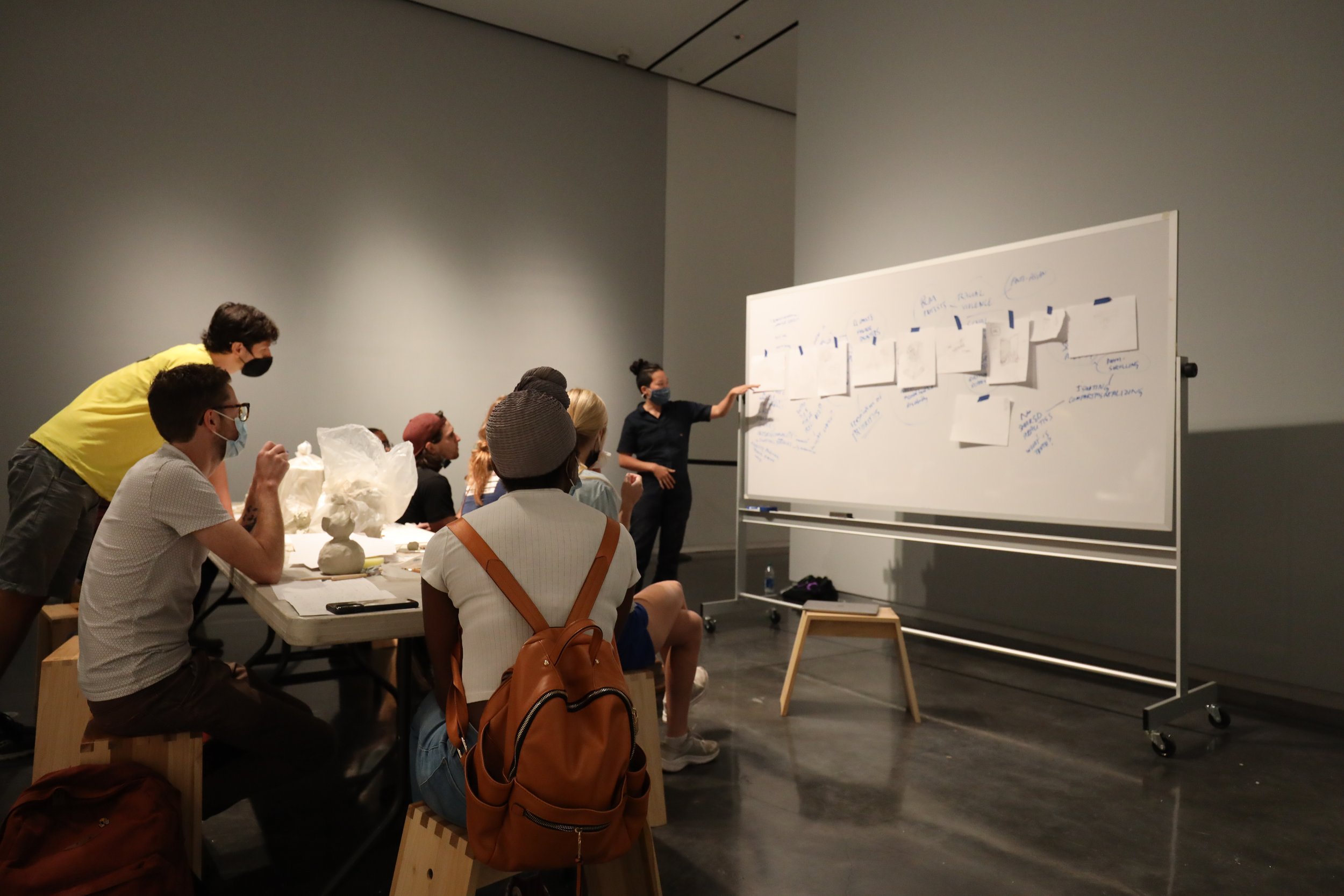








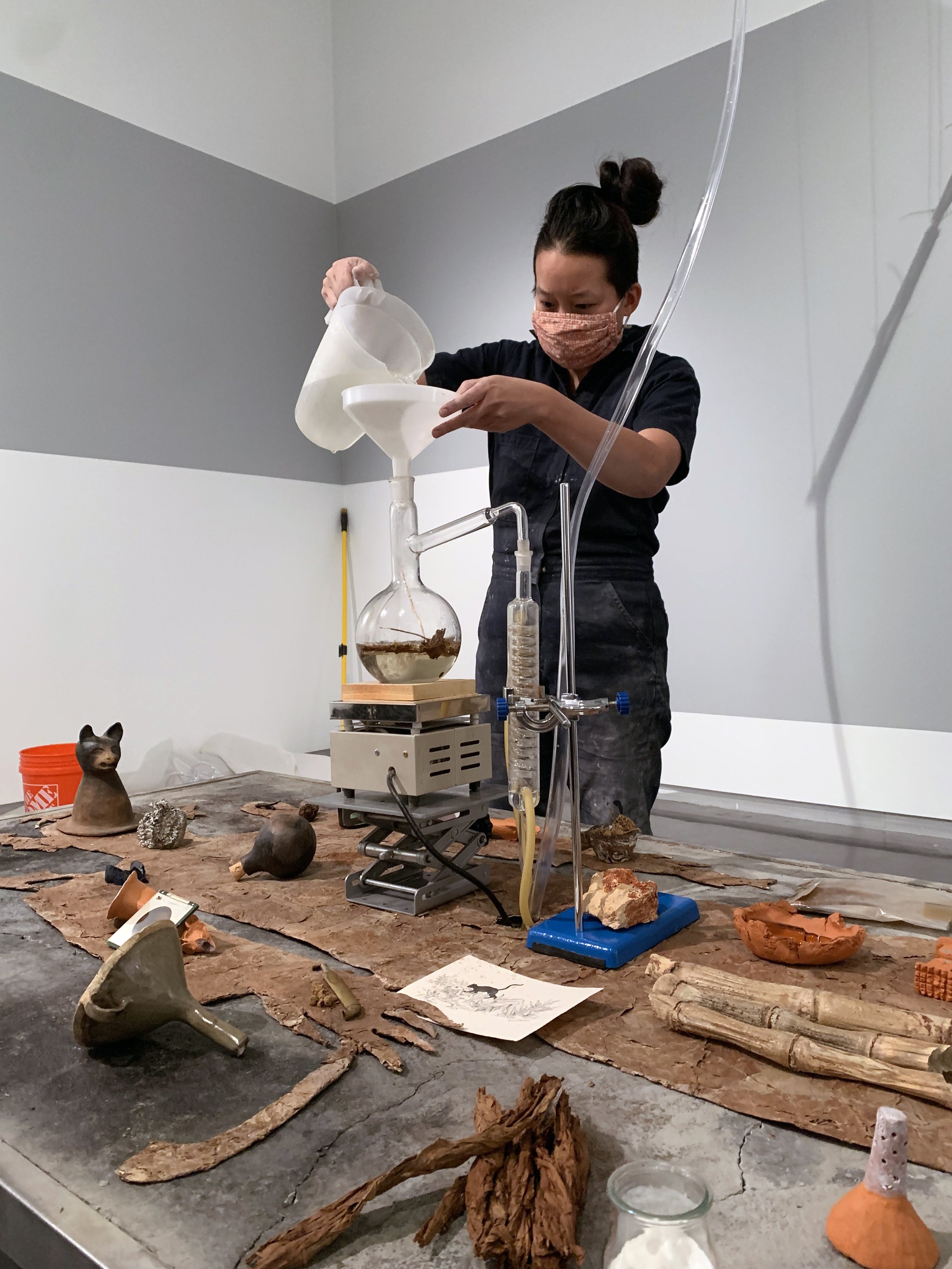

Object Guide
Learn about the objects in Candice Lin's La Charada China (Tobacco Version) installation and the history of these objects and their relationship to indentured Chinese laborers and how they reveal long forgotten (or suppressed) aspects of global trade.
LSU MOA Installation









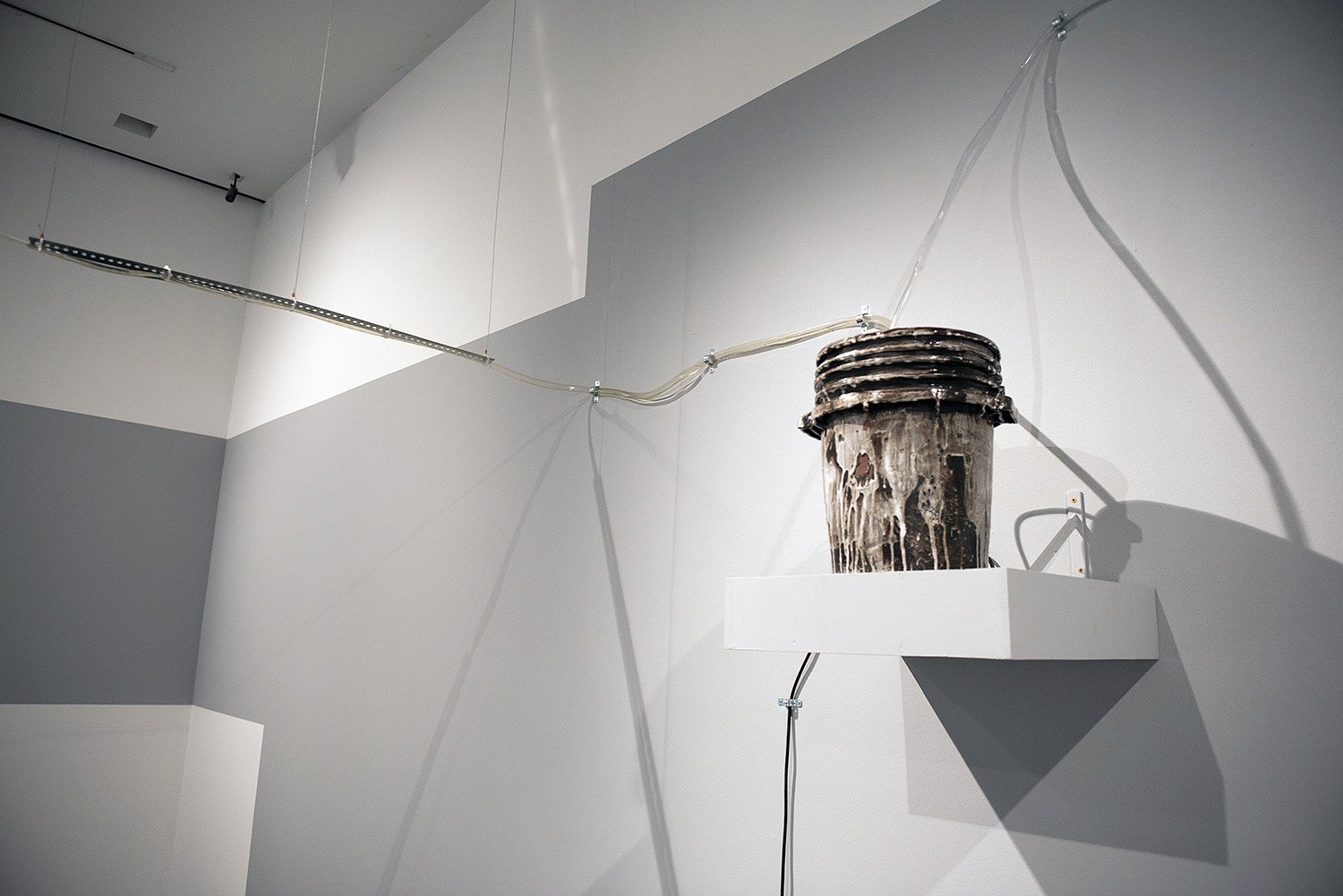









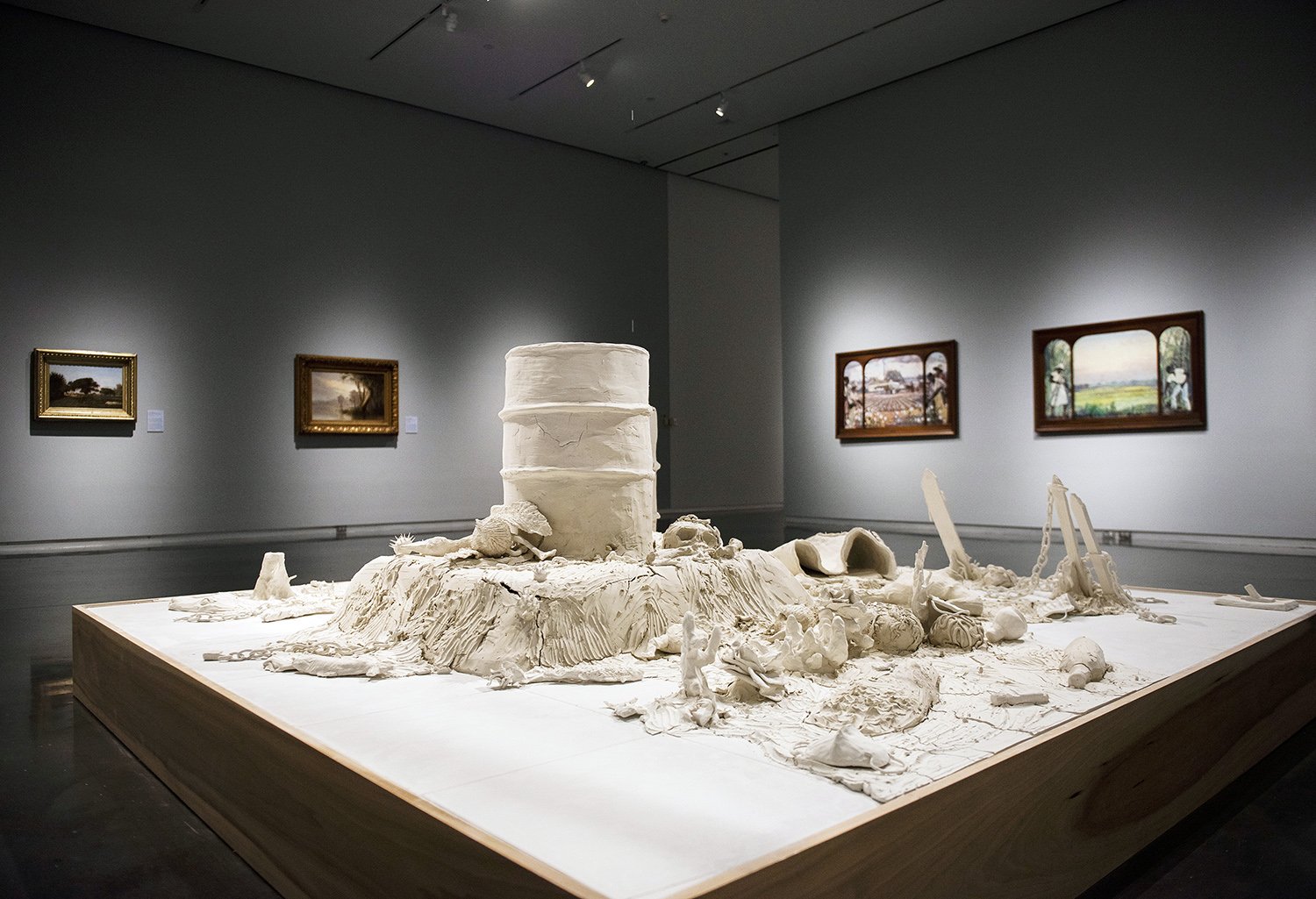


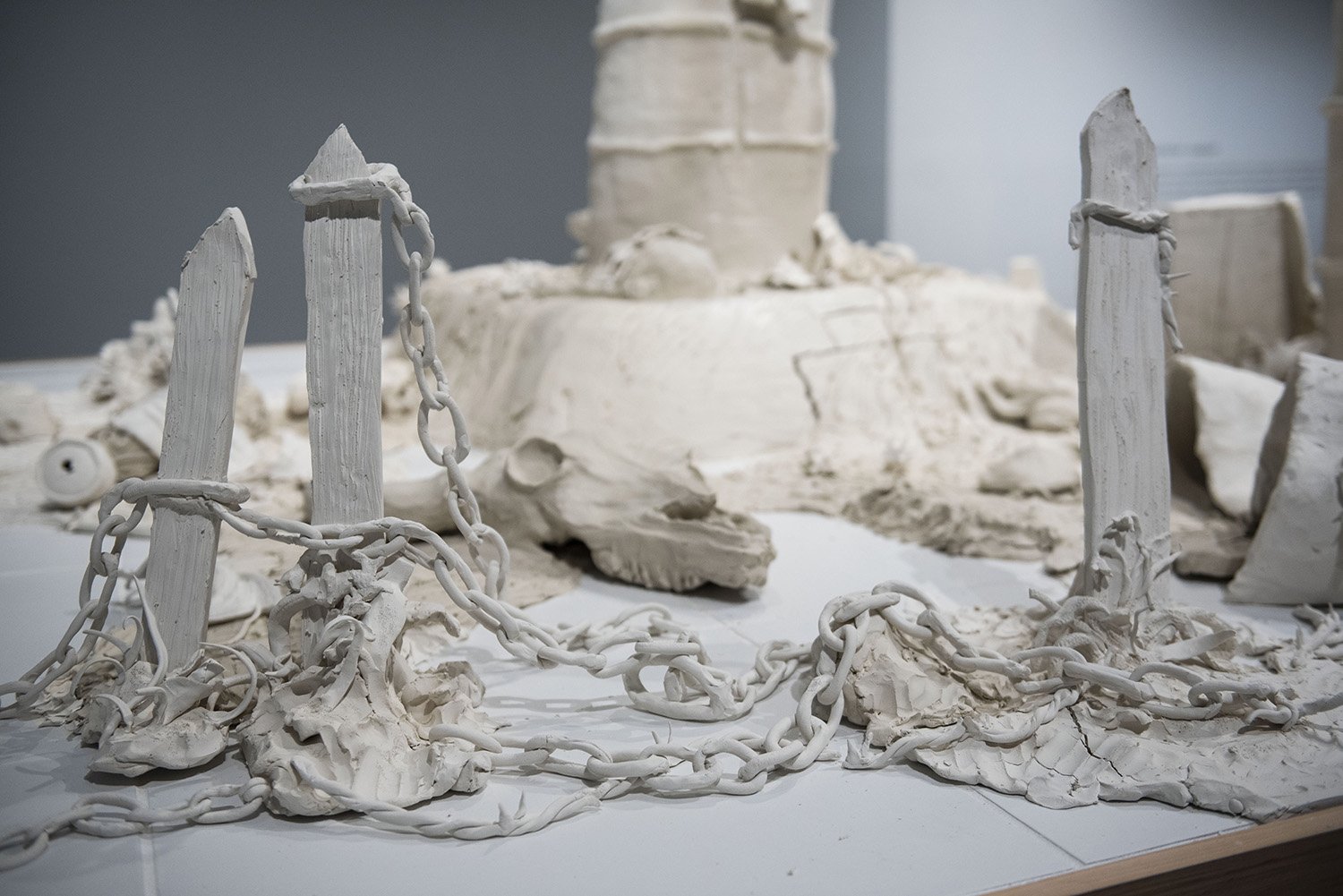






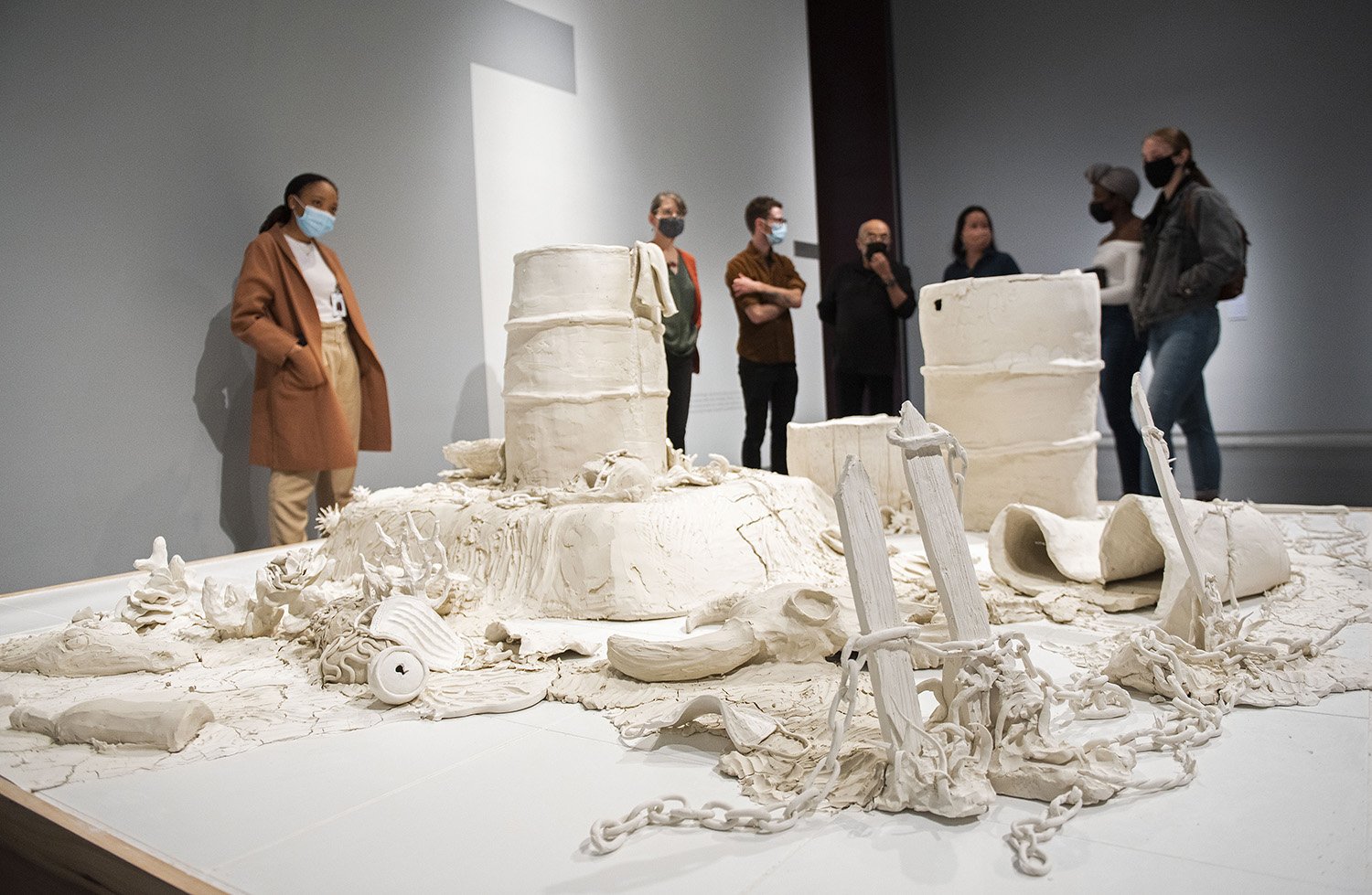

Exhibition Lenders & Sponsors
This exhibition is a collaboration between the LSU College of Art & Design, the LSU School of Art, and the LSU Museum of Art. Support is provided by The Winifred and Kevin P. Reilly Jr. Fund and generous donors to the Annual Exhibition Fund.
Supported by a grant from the Louisiana Division of the Arts, Office of Cultural Development, Department of Culture, Recreation and Tourism, in cooperation with the Louisiana State Arts Council, as administered by the Arts Council of Greater Baton Rouge. Funding has also been provided by the National Endowment of the Arts.
LSU MOA thanks the generous donors to the LSU MOA Annual Exhibition Fund: Louisiana CAT; The Imo N. Brown Memorial Fund in memory of Heidel Brown and Mary Ann Brown; The Alma Lee, H.N. and Cary Saurage Fund; Robert and Linda Bowsher; LSU College of Art + Design; Mr. and Mrs. Sanford A. Arst; and The Newton B. Thomas Family/Newtron Group Fund.











Burnaway features Candice Lin: The Agnotology of Tigers in this article. Click here to read.